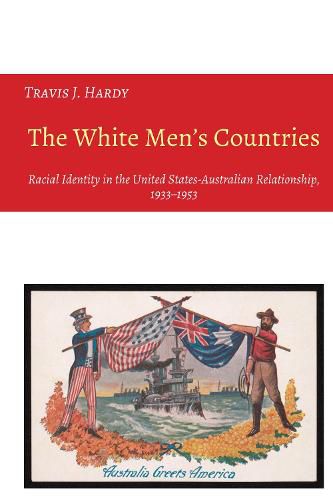Readings Newsletter
Become a Readings Member to make your shopping experience even easier.
Sign in or sign up for free!
You’re not far away from qualifying for FREE standard shipping within Australia
You’ve qualified for FREE standard shipping within Australia
The cart is loading…






The White Men’s Countries explores how a shared ideal of race united the American and Australian governments during World War II and the early Cold War periods. This interpretation places cultural and ideological factors alongside the traditional emphasis on pragmatic economic and security considerations in explaining why two nations whose objectives in the Pacific region were often at odds were able to craft one of the most enduring diplomatic relationships of the twentieth century. It examines not only official policies and attitudes but also emphasizes the shared views on race carried by both American and Australian citizens that helped to ameliorate, and at times complicate, the bond between Washington D.C. and Canberra. This work also places greater emphasis on the post-World War II relationship as being the most crucial time in the shaping of the alliance. The White Men’s Countries serves to help broaden our understanding of how racial ideology played a powerful role in the transnational relationships formed by the United States and Australia in the mid-twentieth century and how influential ideological factors became an international diplomacy.
$9.00 standard shipping within Australia
FREE standard shipping within Australia for orders over $100.00
Express & International shipping calculated at checkout
The White Men’s Countries explores how a shared ideal of race united the American and Australian governments during World War II and the early Cold War periods. This interpretation places cultural and ideological factors alongside the traditional emphasis on pragmatic economic and security considerations in explaining why two nations whose objectives in the Pacific region were often at odds were able to craft one of the most enduring diplomatic relationships of the twentieth century. It examines not only official policies and attitudes but also emphasizes the shared views on race carried by both American and Australian citizens that helped to ameliorate, and at times complicate, the bond between Washington D.C. and Canberra. This work also places greater emphasis on the post-World War II relationship as being the most crucial time in the shaping of the alliance. The White Men’s Countries serves to help broaden our understanding of how racial ideology played a powerful role in the transnational relationships formed by the United States and Australia in the mid-twentieth century and how influential ideological factors became an international diplomacy.